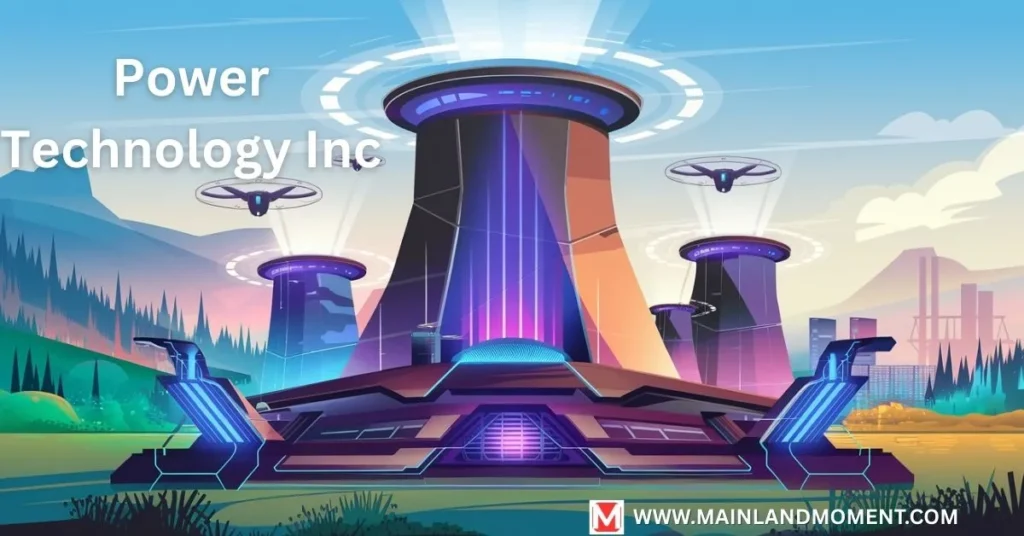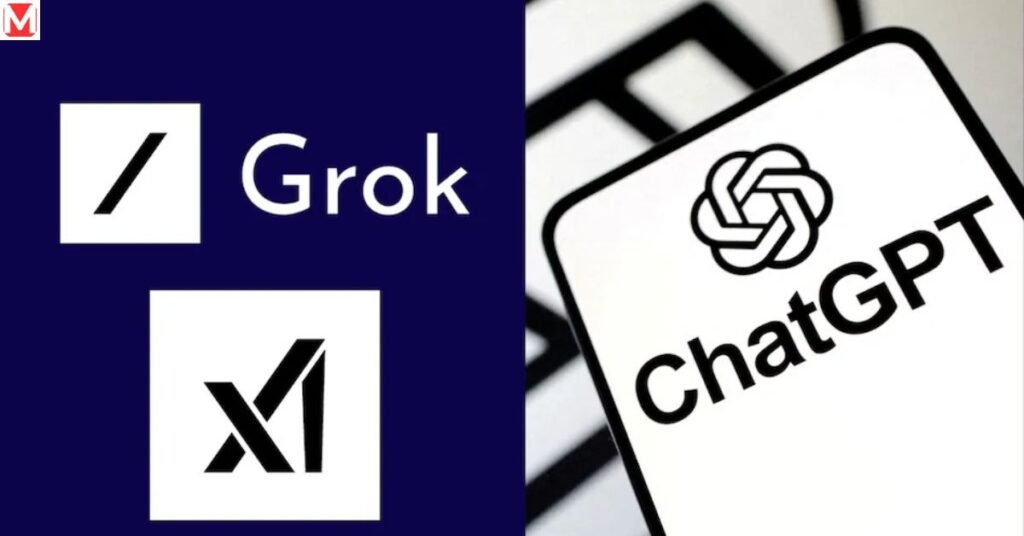Power Technology Inc: Pioneers of Advanced Laser Technology
Imagine a laser so precise it can target a drone mid-flight or so adaptable it fits into a lab microscope. That’s the magic of Power Technology Inc., a company that’s been lighting up the world of lasers since 1969. Based in Central Arkansas, this isn’t just another tech firm it’s a trailblazer in advanced laser technology, crafting solutions that ripple across industries like military defense, semiconductor manufacturing, and scientific applications. Whether you’re curious about cutting-edge laser systems or how they power modern warfare, this blog post dives deep into what makes Power Technology Inc. a global leader. Ready to explore? Let’s shine a light on their story. The Core of Power Technology Inc It is 1969, and a small team in Little Rock, Arkansas, starts tinkering with lasers on a kitchen table. Fast forward over five decades, and Power Technology Inc. has grown into a powerhouse of laser innovations. Founded by Walter Burgess and his crew, the company kicked off with a simple goal mastering photonics. Today, they design and build lasers like diode laser modules, DPSS lasers, and custom laser solutions that serve everyone from Pentagon contractors to biotech researchers. What do they do, exactly? They churn out high-precision lasers pulsed ones for quick bursts, continuous-wave for steady beams, and bespoke systems tailored to unique needs. Their reach? Massive. They’ve shipped laser solutions to over 40 countries, proving that Arkansas isn’t just about BBQ it’s a hub for optical technology too. With a focus on precision and reliability, they’ve become a go-to for industries needing consistent performance. Click Here To Read more About Indian Institute Innovation at Work: Cutting-Edge Laser Solutions Innovation isn’t just a buzzword at Power Technology it’s their bread and butter. Take their pulse laser portfolio, for instance. In January 2025, they expanded it with new wavelengths and higher peak pulse powers. These pulsed lasers are game-changers for tasks like rangefinding in military defense or slicing materials in semiconductor manufacturing. Need a laser that hits 532 nm with almost 1 watt of power? Their Grande series has you covered, blending DPSS technology with semiconductor smarts. Then there’s their work in aerospace and defense. They’re showcasing an expanded portfolio at the AFA Warfare Symposium in March 2025, packed with defense lasers for targeting and sensing. Imagine a laser guiding a missile with pinpoint accuracy that’s their turf. Plus, their custom photonics shine here. A defense contractor once needed a rugged, high-power laser for drones in scorching deserts. Power Technology delivered an extreme environment laser that didn’t flinch under 175°C heat. Key Innovations New wavelengths in the ILC pulsed laser series. High-power DPSS systems for industrial and defense use. Tailored lasers for niche projects, like drone surveillance. Why Power Technology Stands Out So, what sets them apart? First, precision optics. Their lasers don’t just shoot light they hit targets with sub-millimeter accuracy, making them ideal for machine vision and sensing or wafer production in microelectronics. Second, they’re proudly American-made. Every laser diode system comes from their Little Rock facility, ensuring top-notch quality and reliable lasers you can trust. They’ve also earned the trust of big players. Fortune 1000 companies like those in aerospace applications or biotech rely on them for accuracy and dependability. Why? Because Power Technology doesn’t mess around. Their laser customization means you get exactly what you need, no compromises. Need help picking a laser? Their team’s got your back, breaking it down without the techy mumbo-jumbo. “We’ve learned a lot in 55 years. Give us a call, and we’ll put that knowledge to work for you.” – Power Technology Inc. Strategic Alliances and Global Reach Power Technology isn’t a lone wolf they’ve got friends in high places. Take the AUKUS pact. In January 2025, they hosted a delegation from the U.S., UK, and Australia at their plant. Why? Because their defense technology aligns with AUKUS Pillar Two goals think AI, quantum tech, and military laser systems. This visit wasn’t just a handshake; it tied into a $3 billion submarine deal, hinting at their role in bigger defense contracts. Click Here To Read More About High Technology Industries They’re also regulars at trade shows like the AFA Warfare Symposium, mingling with Air Force and Space Force brass. Their security lasers and aerospace solutions get eyes on them here. Globally, they’ve got a footprint in over 40 countries, exporting laser bursts and diode solutions worldwide. It’s like they’re the Swiss Army knife of lasers versatile, dependable, and everywhere. Global Stats Exports to 40+ countries. Clients include top-tier defense systems providers. Active in 5+ major industry events annually. Recent Highlights: Power Technology in the Spotlight Lately, Power Technology’s been making waves. At Photonics West 2025 in San Francisco, they unveiled their upgraded pulse laser portfolio. New wavelengths and power boosts mean better laser pulse technologies for research and industry. Then there’s the AFA Warfare Symposium in March 2025 they’re set to flex their defense applications muscle with next-gen weather-resistant lasers. The AUKUS visit? A big deal. It spotlighted their campus as a hub for advanced laser technology, linking them to a multi-billion-dollar defense ecosystem. They’re not slowing down either. Plans for new laser diodes and solid-state lasers are in the works, keeping them ahead of the curve. Case Study: AUKUS Delegation Visit When: January 15, 2025 What: Toured their 16302 Alexander Rd facility. Impact: Strengthened ties with a trilateral alliance, boosting their defense lasers profile. Laser Tech 101: What Powers Their Portfolio Let’s break down the tech. Power Technology’s lasers come in two flavors: pulsed laser and continuous-wave. Pulsed ones like their ILC series fire quick laser bursts, perfect for detection systems or scientific solutions. Continuous-wave lasers? They’re the steady workhorses, ideal for cutting/welding in semiconductor solutions. Click Here To Read More About Laser Wavelengths are their playground. From 261 nm (ultraviolet) to 16,000 nm (infrared), they tweak light for any job. In military defense, their laser systems power targeting or countermeasures. For laboratory applications, they offer research lasers with narrow linewidths for spectroscopy. Here’s a quick
Power Technology Inc: Pioneers of Advanced Laser Technology Read More »









